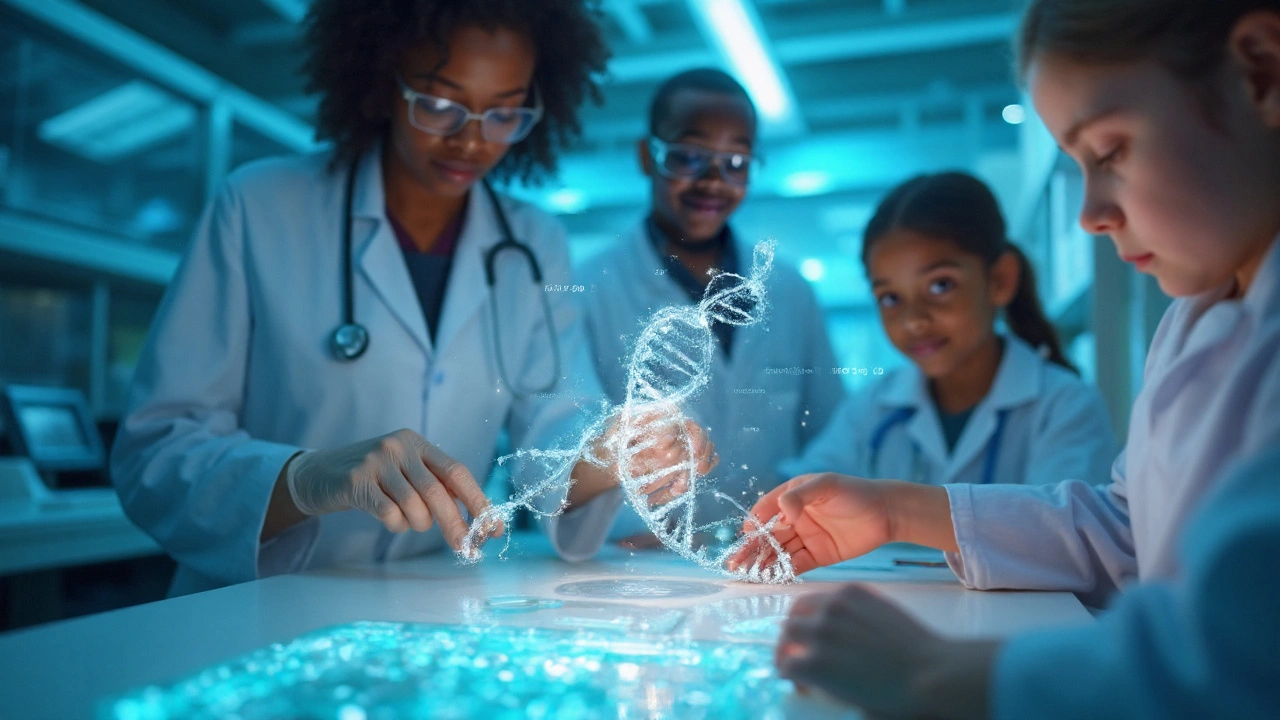Pediatric Cancer: What Parents Need to Know Right Now
Finding out your child has cancer feels like the ground disappearing under you. You want answers fast, but the medical world can sound like a maze. This guide cuts through the jargon and gives you the basics you can act on today.
Typical Types and How Doctors Spot Them
Most childhood cancers fall into two groups: blood cancers (like leukemia and lymphoma) and solid tumors (such as brain tumors, neuroblastoma, or bone cancers). Doctors start with a physical exam and a few key tests – blood work, imaging (CT or MRI), and often a biopsy where a tiny tissue sample is checked under a microscope.
Because kids’ bodies grow fast, doctors use special staging systems to see how far the disease has spread. Knowing the stage helps them pick the right mix of treatments and predicts how well the child might respond.
Core Treatments and Managing Side‑Effects
Children usually get a combination of chemotherapy, surgery, and sometimes radiation. Chemotherapy drugs travel through the bloodstream and target fast‑growing cells, but they also affect healthy cells, which is why you’ll hear about nausea, hair loss, and low blood counts.
To keep side‑effects in check, hospitals often give anti‑nausea meds, growth‑factor shots to boost blood cells, and nutrition plans to keep energy up. Physical therapy starts early too – keeping muscles active helps prevent long‑term weakness.
If surgery is needed, pediatric surgeons aim to remove the tumor while sparing as much healthy tissue as possible. Recovery rooms for kids are set up to be less scary, with child‑friendly décor and parents allowed to stay close.
Radiation therapy is used when the tumor is hard to reach or after surgery to kill leftover cells. Modern machines can focus beams tightly, reducing damage to surrounding tissue. Kids may need sedation during each session, and skin care becomes a priority.
Every child’s plan is different, so stay in regular contact with the oncology team. Ask for a written summary of each appointment – it helps you track meds, doses, and upcoming tests.
Support doesn’t stop at the hospital. Schools often need a note about treatment schedules and any needed accommodations. Many charities offer travel grants, counseling, and play‑rooms to keep a sense of normalcy.
Remember, kids are resilient. Research shows survival rates for many childhood cancers now exceed 80 % when caught early. Keep asking questions, lean on support groups, and focus on the day‑to‑day steps that keep your child comfortable and hopeful.
How Neuroblastoma Links to Developmental Disorders: Genetics, Risks & Care
Explore the biological overlap between neuroblastoma and developmental disorders, focusing on shared genetics, early signs, and multidisciplinary care.
